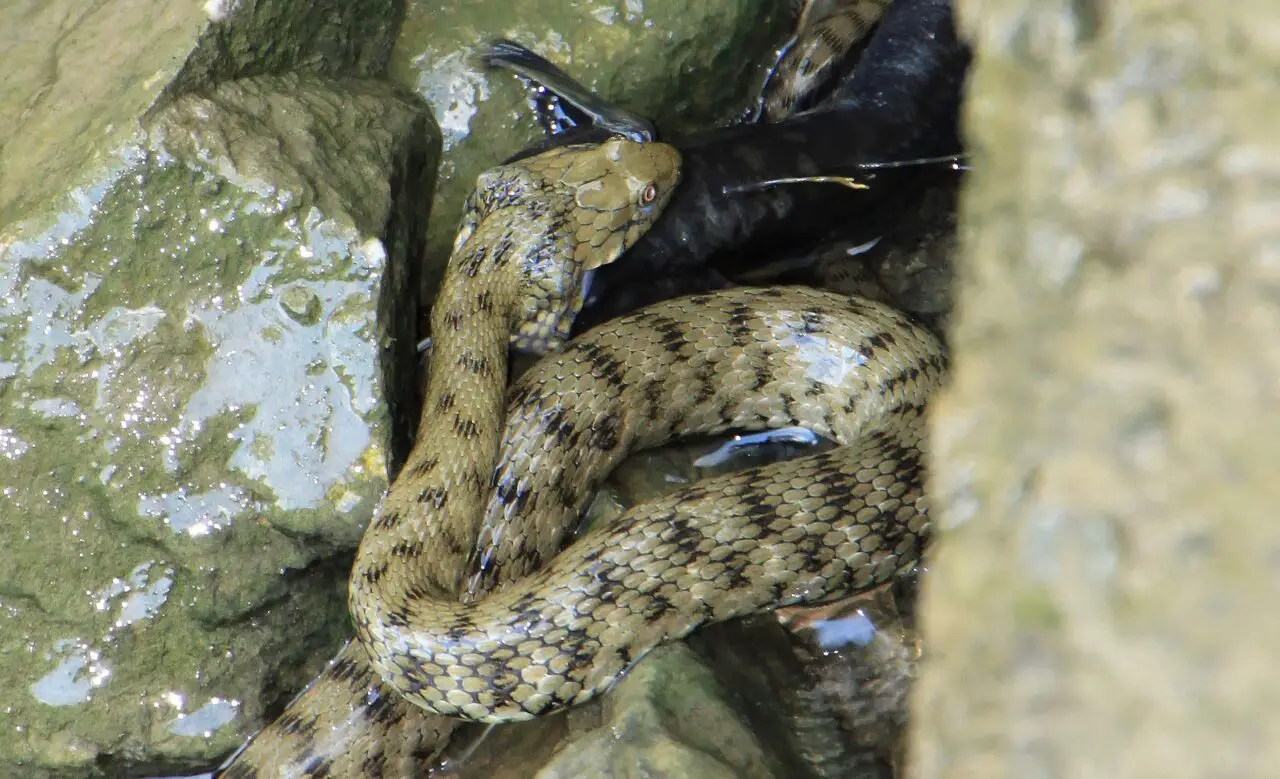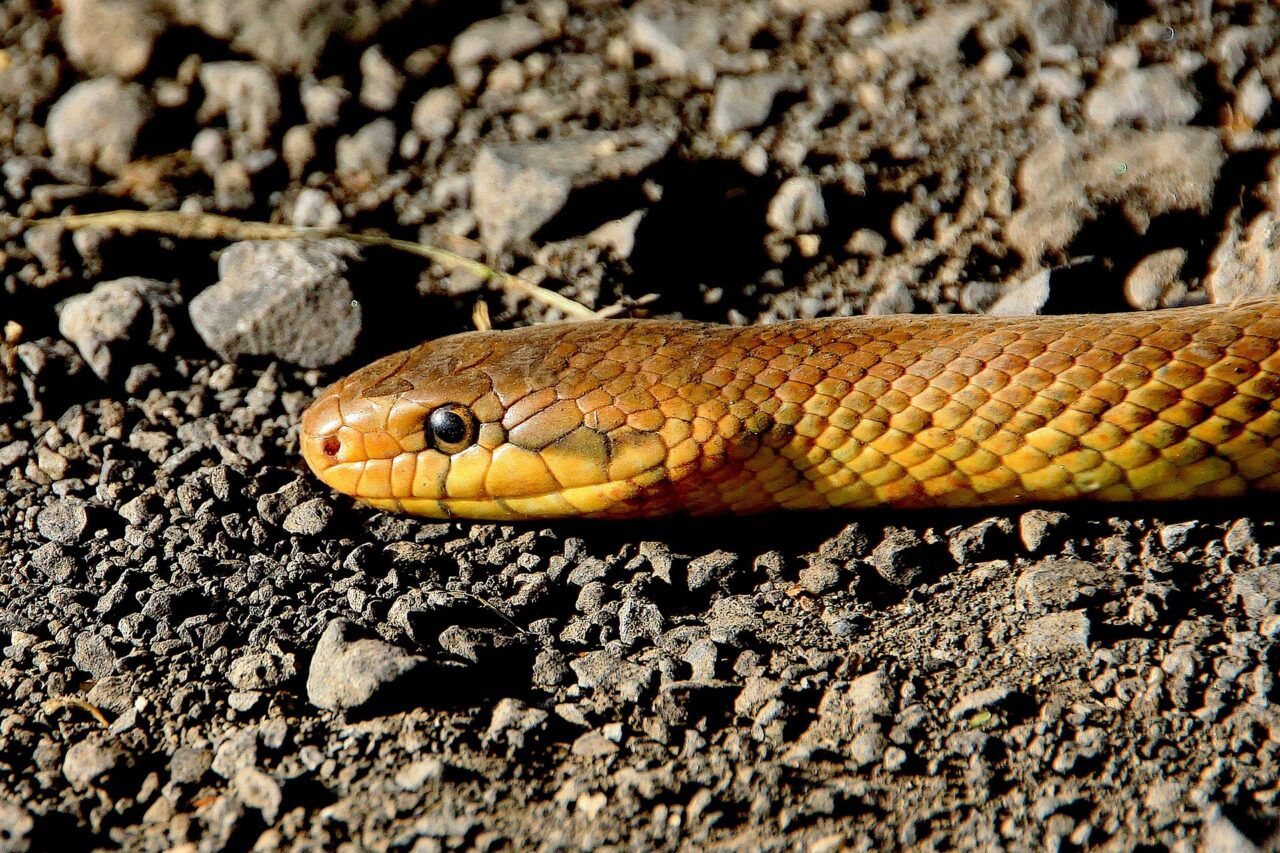What Does A Snake Eat? Snakes are fascinating creatures that come in a variety of shapes, sizes, and habitats. One of the most intriguing aspects of their existence is their diet. Have you ever wondered what snakes eat? In this article, we will explore the dietary habits of snakes and uncover the diverse range of prey they consume. From rodents to reptiles, and even unusual food choices, let’s delve into the world of snake diets and unravel the secrets of their unique feeding habits.
You may also want to know if ball pythons do bite.
What Does A Snake Eat?
What Does A Snake Eat? Snakes are carnivorous reptiles, meaning they primarily feed on other animals. Their diet consists exclusively of meat, as they lack the ability to digest plant matter. With their flexible jaws and expandable bodies, snakes are well-equipped to consume prey larger than their own head size. This adaptation allows them to swallow their meals whole.
Types of Snake Diets
The diet of a snake can vary depending on its species, size, habitat, and availability of prey. While some snakes are specialized in their food preferences, others have more varied diets. Here are some common types of snake diets:
Rodents and Small Mammals
Rodents, such as mice and rats, are a staple food source for many snake species. Snakes have a natural instinct to hunt and feed on these small mammals. They can be swift and efficient predators when targeting rodents, utilizing their venom or constriction methods to subdue their prey.
Birds and Eggs
Certain snake species, especially those that dwell in trees or near bird nests, have developed the ability to capture and consume birds and their eggs. These snakes may have adaptations such as climbing abilities or venomous bites that aid in their bird-hunting endeavors.
Reptiles and Amphibians
Snakes are known to prey on other reptiles and amphibians. This includes lizards, frogs, toads, and even smaller snake species. Snakes that specialize in this type of diet have unique adaptations to capture and consume these slippery and agile creatures.

Insects and Invertebrates
Some snake species have a diet that primarily consists of insects and other invertebrates. This includes spiders, centipedes, worms, and even scorpions. While these may not be the typical meals one would associate with snakes, they can provide a valuable food source, especially in environments with limited prey options.
Fish and Aquatic Prey
Certain snake species are adapted to aquatic environments and have a diet that includes fish and other aquatic creatures. These snakes may inhabit rivers, lakes, or wetlands and rely on their swimming abilities to catch fish or amphibians in the water.
Unusual Snake Diets
In addition to the more common prey items, snakes have been known to consume unusual and unexpected food sources. This can include bats, small marsupials, birds of prey, and even other snakes. These instances usually occur when the opportunity arises and alternative food sources are scarce.
Factors Affecting Snake Diet
Several factors influence the diet of snakes. These include the snake’s size, habitat, availability of prey, and its own physiological requirements. Snakes are highly adaptable creatures and can adjust their diet based on the available food sources in their environment.

Snake Feeding Habits
What Does A Snake Eat? Snakes have unique feeding habits that are fascinating to observe. When hunting, snakes use a combination of stealth, patience, and speed to capture their prey. Depending on the species, snakes may employ different feeding strategies such as venomous strikes, constriction, or ambush techniques.
Frequency of Snake Meals
The frequency of snake meals varies among different species. Some snakes can go weeks or even months without feeding, while others may consume smaller meals more frequently. Factors such as metabolism, prey size, and environmental conditions can affect the feeding frequency of snakes.
Conclusion
The dietary habits of snakes are as diverse as the snakes themselves. From rodents and reptiles to fish and insects, snakes have adapted to survive and thrive on a range of prey. Understanding what snakes eat provides insight into their ecological role and their ability to maintain the delicate balance of nature’s food web. So, the next time you encounter a snake, take a moment to appreciate the fascinating creatures they are and the remarkable ways they find sustenance in the wild.
FAQs
1. Can snakes eat prey larger than their own size? Yes, snakes can consume prey larger than their own head size. Their jaws are highly flexible, and they have stretchy ligaments that allow them to swallow prey whole.
2. Do snakes eat fruits or vegetables? No, snakes are carnivorous reptiles and do not consume fruits or vegetables. Their digestive systems are adapted to process and extract nutrients from animal proteins.
3. Are all snakes venomous? No, not all snakes are venomous. In fact, the majority of snake species are non-venomous and rely on other methods, such as constriction, to capture and subdue their prey.
4. How often do snakes need to eat? The frequency of snake meals can vary depending on the species and environmental factors. Some snakes may eat once a week, while others may go several weeks or even months without feeding.
5. Can snakes eat prey that is already dead? Yes, some snakes, especially larger constrictor species, can consume prey that is already dead. They may scavenge on carcasses or consume prey items that have been killed by other predators.